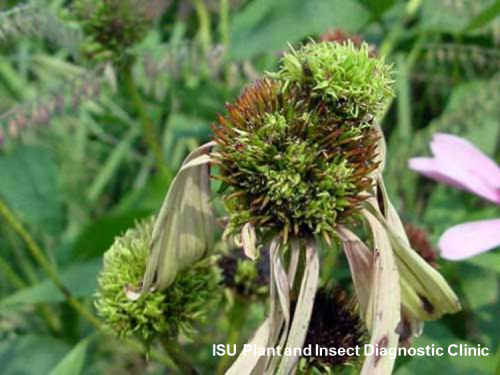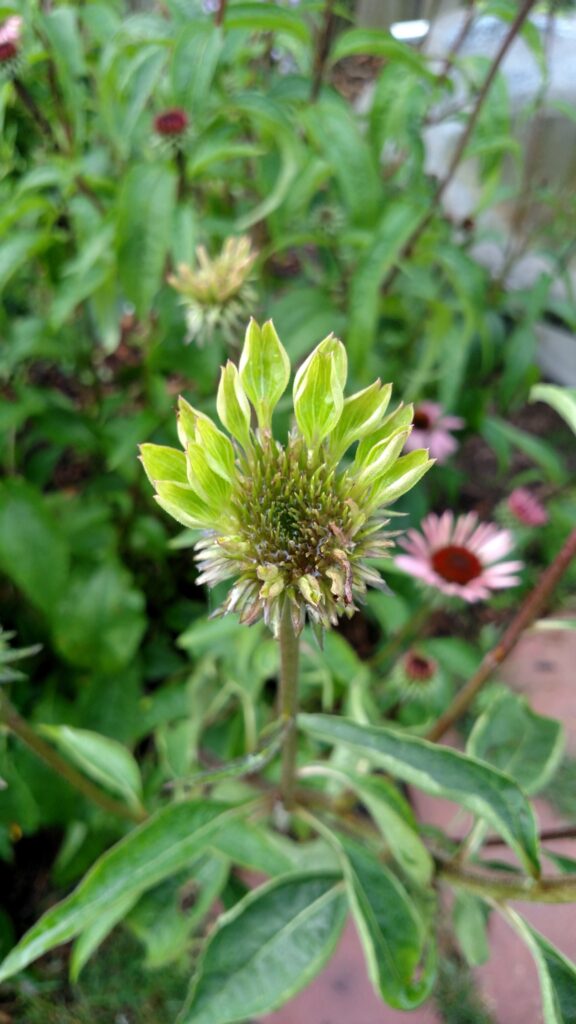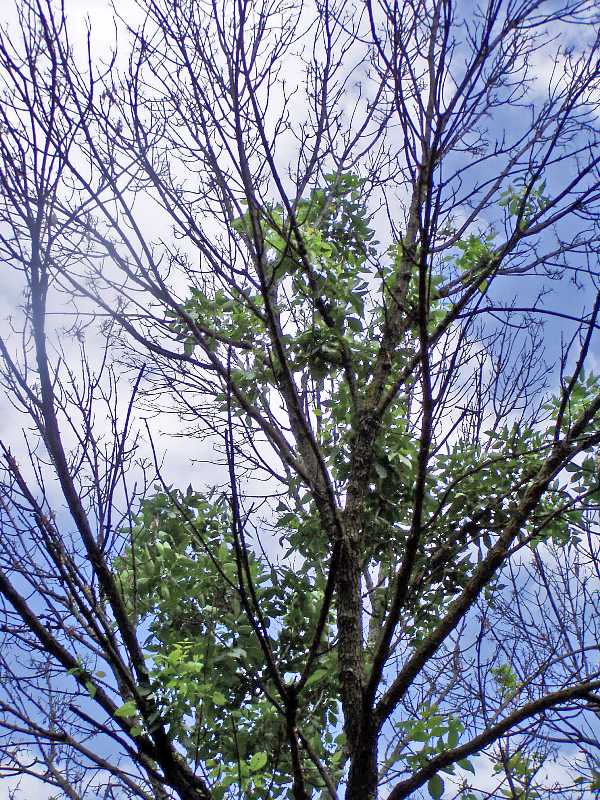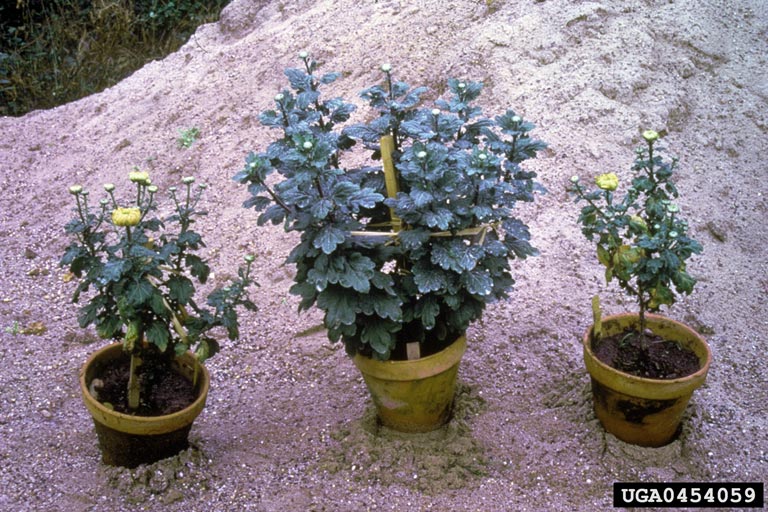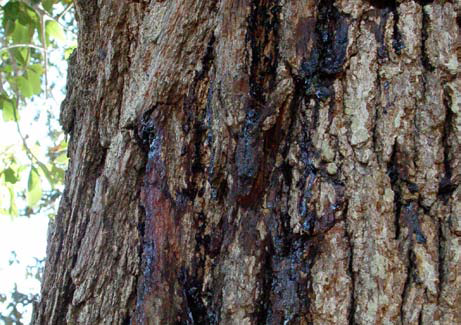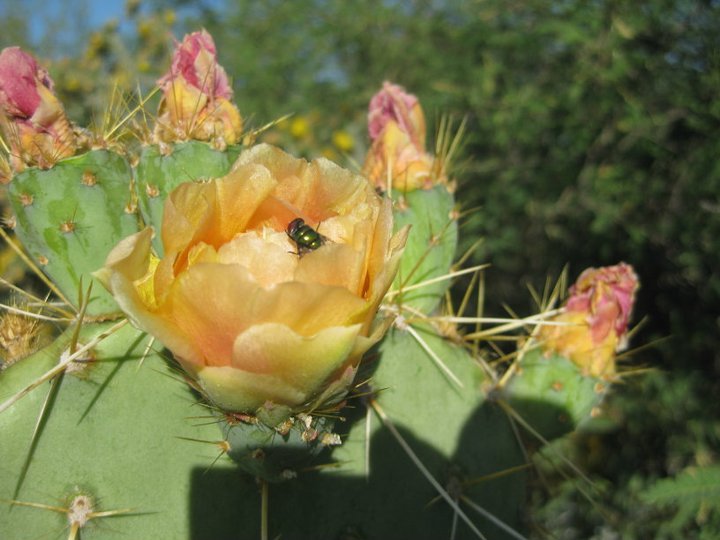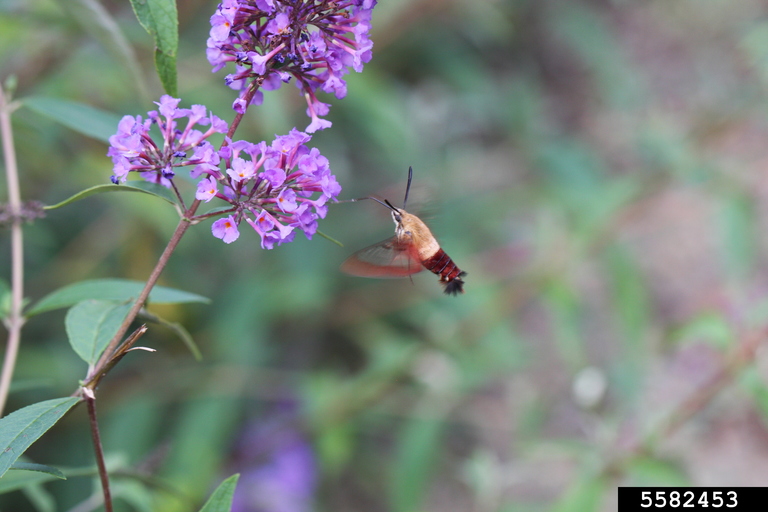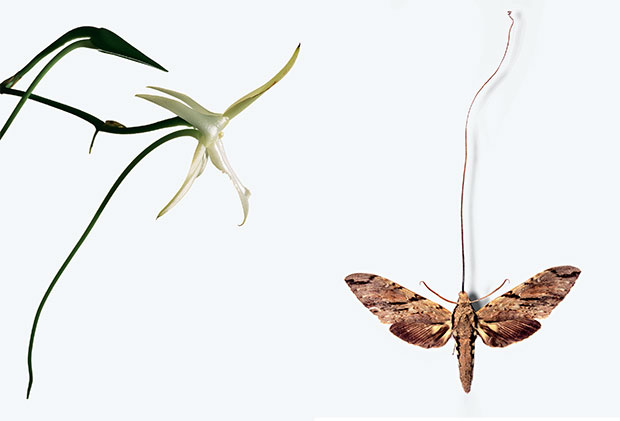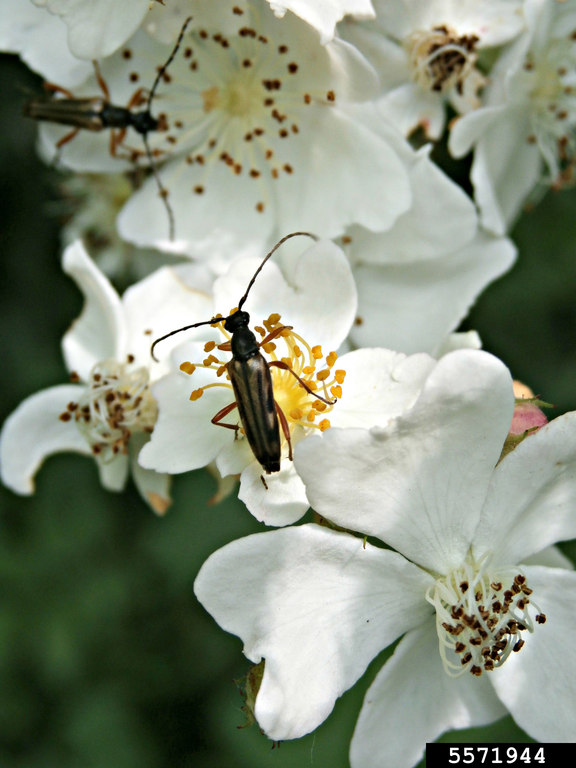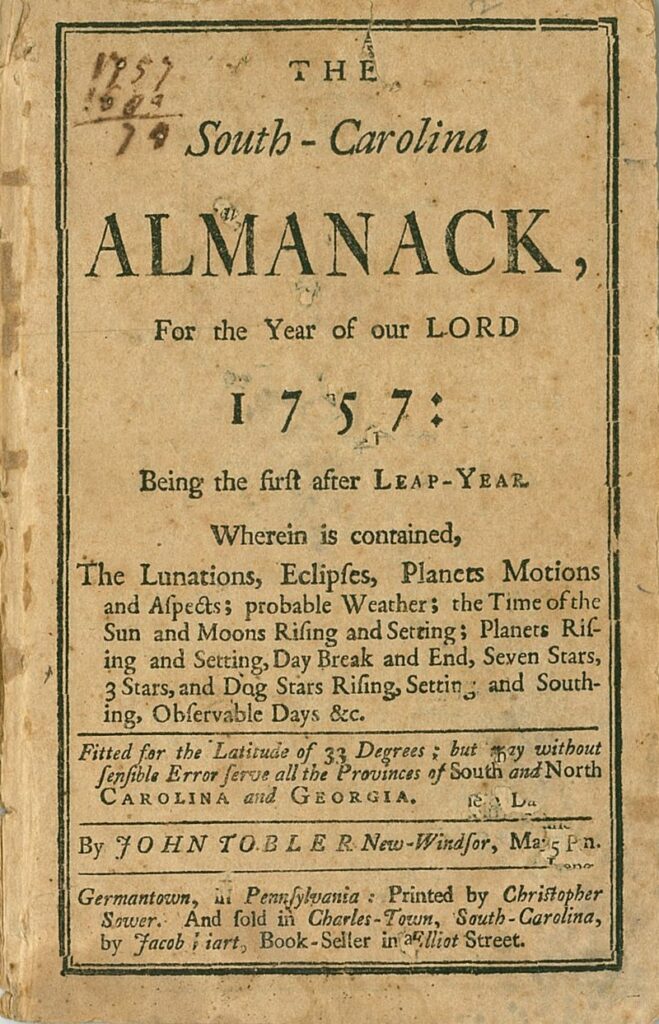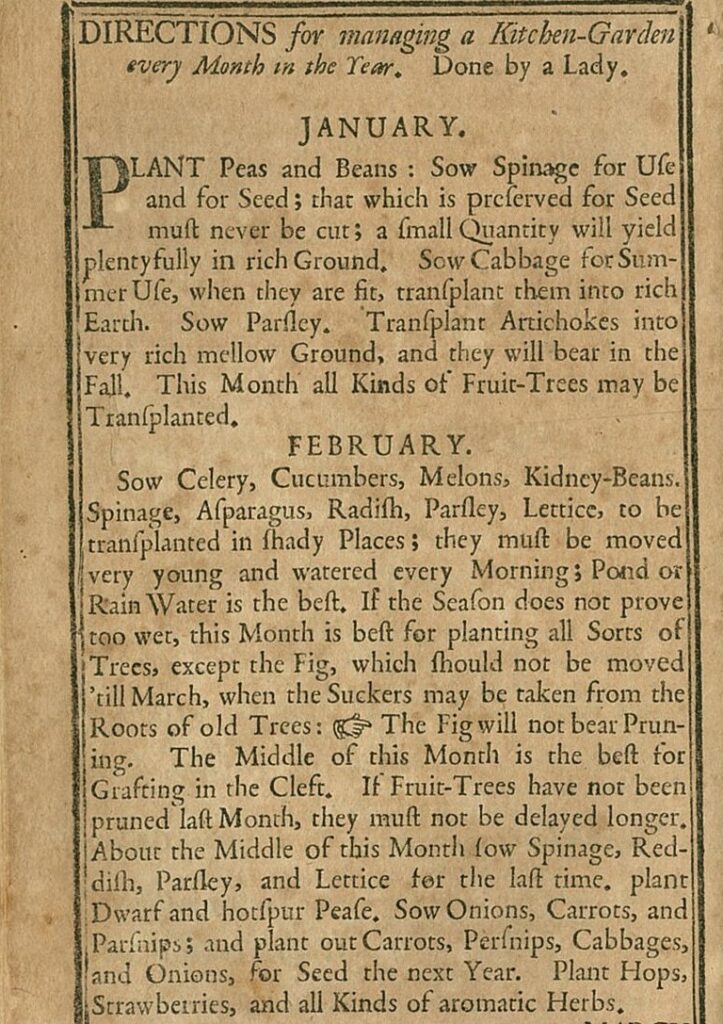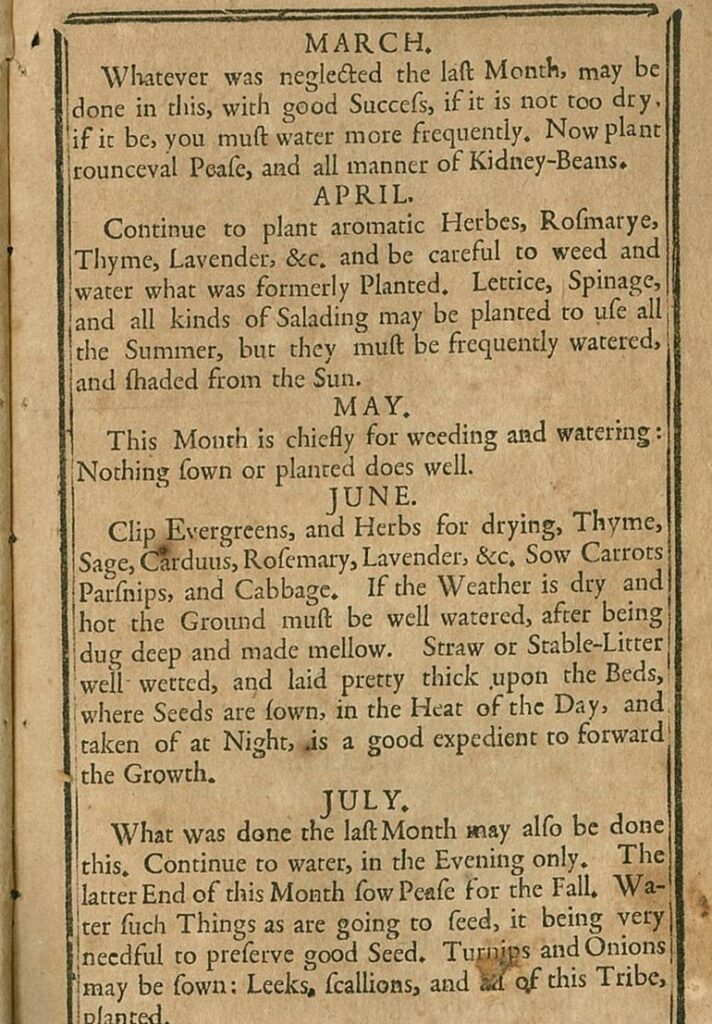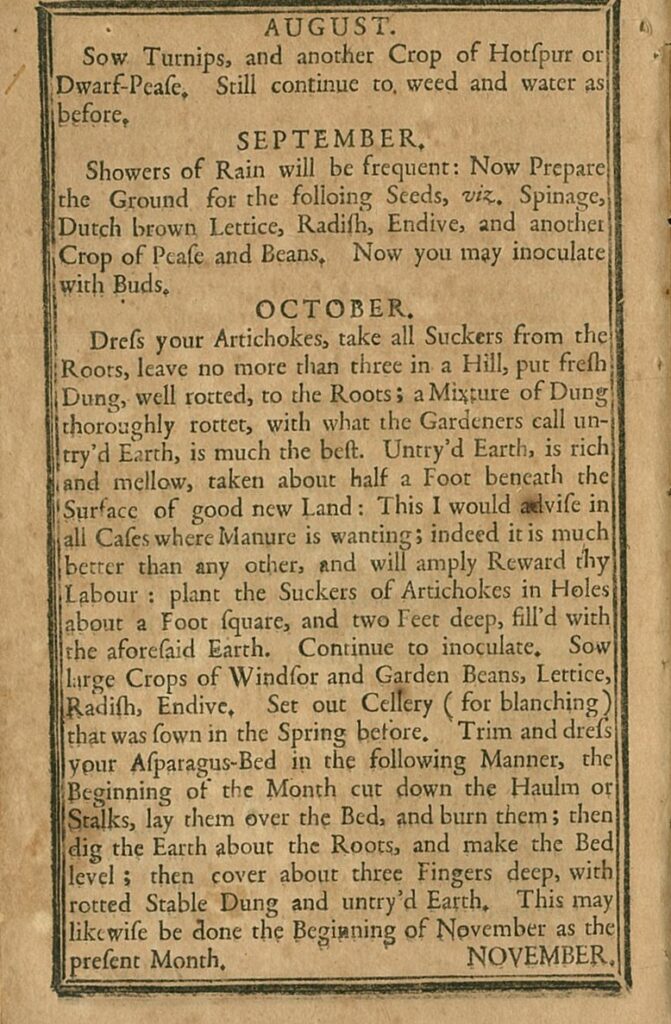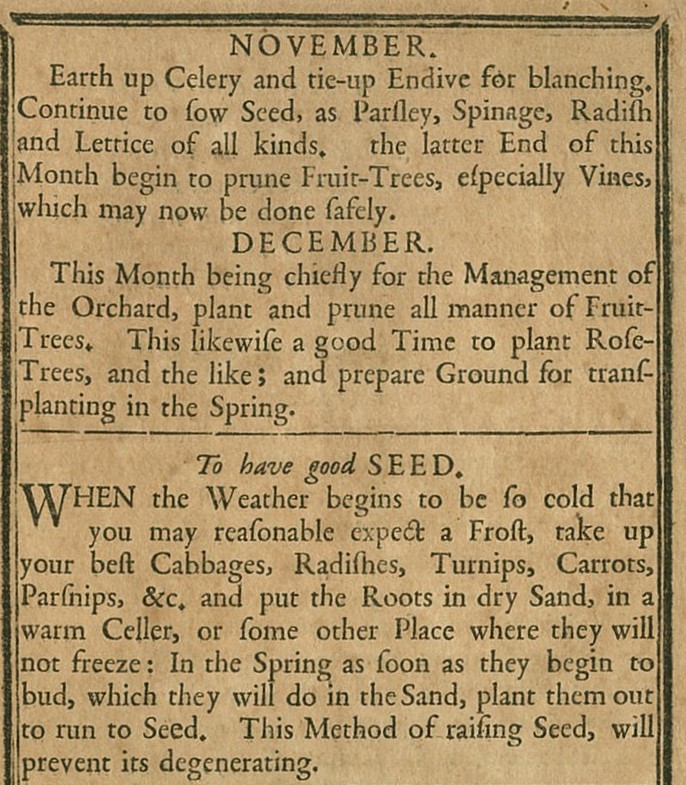This year is almost certain to be the warmest on record for the earth as a whole, although there are still a few days in December that could slightly affect the final numbers. As we close out 2023 I want to spend a few minutes reviewing the weather and climate of the past year, both the average conditions and some of the extremes we saw. While this is skewed towards the United States, I did include some events happening in other parts of the world for our non-US readers. I will also take a peek at what is likely to happen in 2024.

What were the average climate conditions in 2023?
Since the year is not quite over I can’t provide a final average for temperature or precipitation for the complete 365 days, but there are some websites that allow me to look at all but the last few days. The images below are from the High Plains Regional Climate Center for January 1 through December 27. They show the temperature departure from normal and the percent of normal precipitation for the continental United States. (You can see the global temperature statistics for January through November 2023 at the National Centers for Environmental Information.) In most parts of the U.S. the temperature was warmer than the 1991-2020 normal; the exception was the western mountains, where temperatures were colder than normal. Keep in mind that the normal period being used for comparison (1991-2020) was a period that was quite a bit warmer than the long-term temperature average in the United States, so this map underestimates how warm this year was compared to most of the 20th century.

Precipitation was more variable than temperature, as it usually is. The driest areas this year were in the southwestern Gulf of Mexico states, particularly Louisiana and Texas, and in the Pacific Northwest. It’s not surprising that these were also areas with significant droughts, including a lot of the Corn Belt which also saw very dry conditions during the growing season. By comparison, California and New England experienced multiple storms bringing significant rain to those areas, including Tropical Storm Hilary (the first tropical storm to hit California in 84 years) in mid-August. In the Southeast, Hurricane Idalia did almost $5 billion in damage in late August from heavy wind and rain, half of that in Georgia alone. But that did not stop a flash drought from developing there in fall with the almost complete cessation of rainfall for up to 60 days.

What extremes did we see in 2023?
The averages show the overall conditions that occurred this year but don’t begin to capture the extremes in temperature and precipitation that occurred. In the United States alone there have been 25 billion-dollar weather disasters so far this year, including the tropical systems mentioned before along with numerous rounds of severe weather across the country and the devastating firestorm in Maui in August. In other parts of the world, many regions experienced their warmest September-November period since records began in 1880. Significant heat waves occurred in Texas and Mexico as well as Europe, Chile, and Canada, where widespread forest fires that flared up blanketed Canada and many parts of the eastern United States with poor air quality and low visibility in the summer.

Floods and droughts occurred around the world this year. The Mississippi River dropped to record-low water levels for the second year in a row due to the drought in the Midwest. On the other extreme, notable flood events occurred around the world, include floods in Ghana, the Horn of Africa, Pakistan, Bangladesh, and Chile. Storm Daniel brought unprecedented rain to Libya, breaking dams and causing tremendous damage in September. Nine separate atmospheric river events caused tremendous flooding in California early in the year, significantly reducing drought conditions there and contributing to the reduction in drought area in the United States in the first half of 2023.
While El Niño usually means that the Atlantic tropical season is quiet, this year was unusually active with 20 tropical storms and hurricanes. This is in spite of the presence of a jet stream aloft due to El Niño that usually keeps storms from developing. Most of those storms stayed out to sea, so impacts on the United States were limited (except for Idalia and Hilary out west). In other countries, Hurricane Otis hit western Mexico near Acapulco in October, bringing catastrophic damage to an area that almost never gets hits by tropical storms. Cyclone Lola devastated the northern part of Vanuatu in late October as well.

The global temperature will set a new record for warmth in 2023
The New York Times provided a sobering look at monthly temperatures for each month going back to 1850 (above). It shows that 2023 had several months that were the warmest on record for those months, due to the expansive area of warm ocean water associated with El Niño in the Eastern Pacific Ocean along with record-setting sea surface temperatures in the Atlantic that contributed to a very active tropical season in spite of being an El Niño year. The impacts of this warmth are being seen in dropping sea ice coverage, more and stronger heat waves, and increases in wildfires in forested areas. Some people argue that the warming trend appears to be accelerating in recent years, a concern that urges us to consider how we can reduce greenhouse gas emissions and slow down the increasing temperature trend.
What do we know about 2024 so far?
The current El Niño is expected to continue through the next few months before it weakens and turns back to neutral conditions around the April-June period. A La Niña could occur later in 2024, which means that next year’s winter could be warm and dry in southern parts of the Northern Hemisphere and colder and wetter along the northern border of the US and up into Canada. Pending on how long the El Niño lasts, the warm ocean temperatures could contribute to another record-setting warm year in 2024 although it’s too early to be sure. It also depends on shorter-term weather events like more frequent occurrence of cold weather due to a shift in the weather pattern in January to more variable conditions later this winter, as many forecasting models think is likely. Meanwhile, neutral conditions or La Niña conditions later in the year could mean that Atlantic tropical activity increases to an even more active level than last year.

Thank you, gardeners, for another great year!
Most of the United States as well as the rest of the world experienced a warmer climate again in 2023, so gardeners will continue to need to choose plants that are appropriate for their warming climate zones. Extreme conditions, including devastation by individual storms as well as natural climate variability, will continue to affect home gardens through water stress caused by drought and extreme heat as well as damage caused by floods, high winds, and freezing temperatures. Building a resilient garden that can withstand these extremes will allow your garden to thrive through whatever conditions the atmosphere throws at it.
I want to end this year by thanking you all again for your loyal readership and your thoughtful questions and comments on many topics. I encourage you to share your 2023 garden challenges (weather or otherwise) in the comments along with your plans for how you plan to address them in 2024 and beyond. I look forward to reading them! We will see you again in the New Year.
Some lists of top weather and climate events for 2023 (mostly videos):
Weather Nation: Looking Back at the Top 10 Weather Events of 2023
Pattrn: 2023: Year of Extremes
NBC News: The biggest climate stories of 2023
Climate.gov: Climate Highlights of 2023
Atmos Earth: Your 2023 Climate Wins, Wrapped

